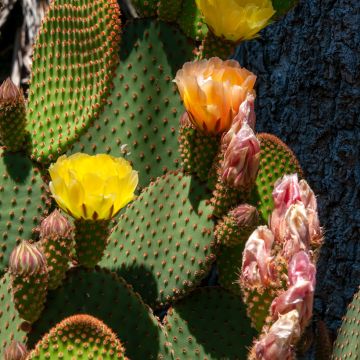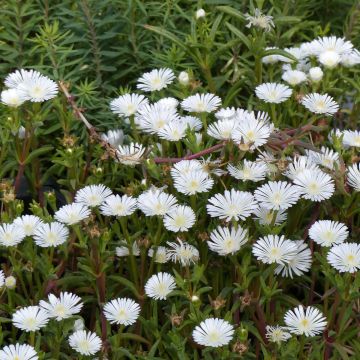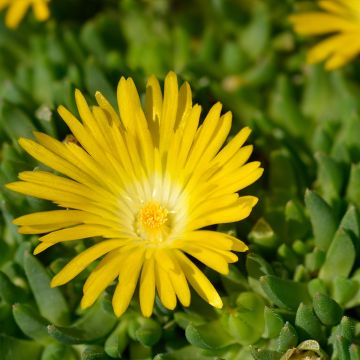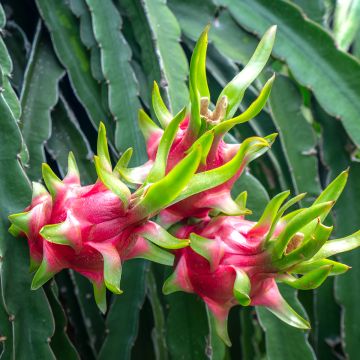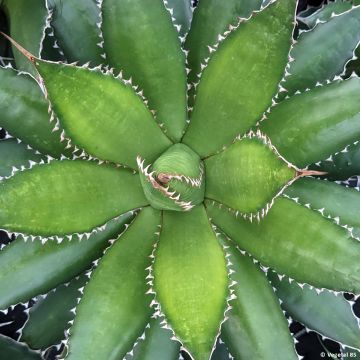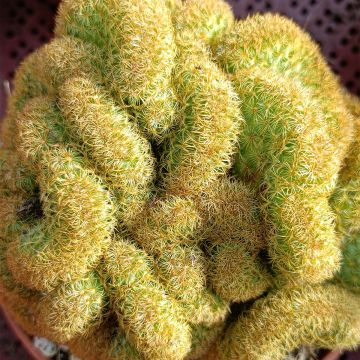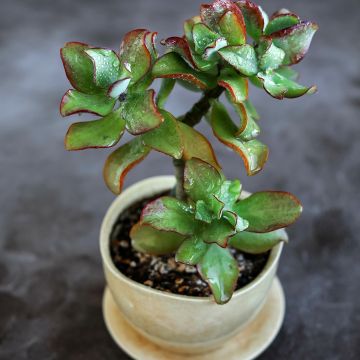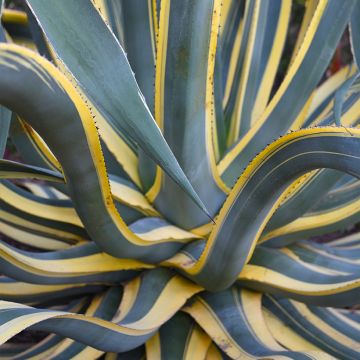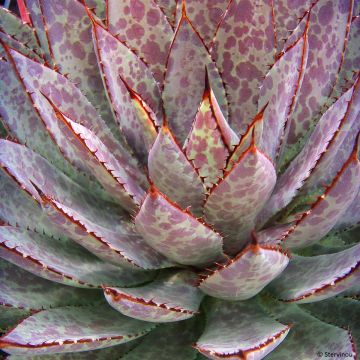Shipping country and language
Your country of residence may be:
Your country of residence is:
For a better user experience on our website, you can select:
Your shipping country:
Andorra
Austria
Belgium
Bulgaria
Canada
Chile
Croatia
Cyprus
Czechia
Denmark
Estonia
Finland
France
Germany
Greece
Hungary
Iceland
Ireland
Italy
Latvia
Lithuania
Luxembourg
Malta
Monaco
Netherlands
Poland
Portugal
Romania
Slovakia
Slovenia
Spain
Sweden
Switzerland
United Kingdom
We only deliver seed and bulb products to your country. If you add other products to your basket, they cannot be shipped.
Language:
French
German
Spanish
English
My Account
Hello
My wish lists
Plantfit
Log in / Register
Existing customer?
New customer?
Create an account to track your orders, access our customer service and, if you wish, make the most of our upcoming offers.
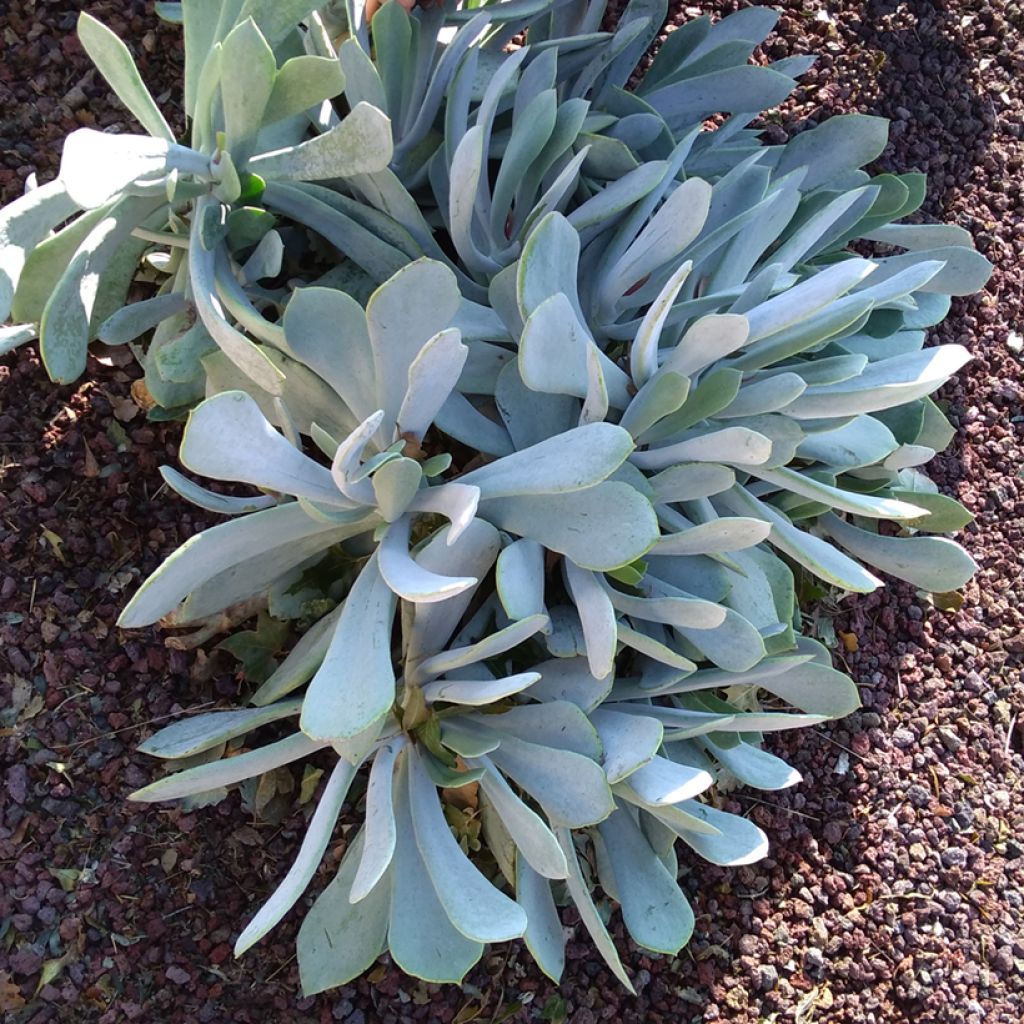

Cotyledon orbiculata Silver Dollar
Cotyledon orbiculata Silver Dollar
Cotyledon orbiculata Silver Dollar
Pig's Ear, Round-leafed Navel-wort
Order in the next for dispatch today!
Dispatch by letter from 3,90 €.
Delivery charge from 5,90 € Oversize package delivery charge from 6,90 €.
More information
This item is not available in your country.
Shipping country:
Andorra
Austria
Belgium
Bulgaria
Canada
Chile
Croatia
Cyprus
Czechia
Denmark
Estonia
Finland
France
Germany
Greece
Hungary
Iceland
Ireland
Italy
Latvia
Lithuania
Luxembourg
Malta
Monaco
Netherlands
Poland
Portugal
Romania
Slovakia
Slovenia
Spain
Sweden
Switzerland
United Kingdom
Schedule delivery date,
and select date in basket
This plant carries a 12 months recovery warranty
More information
We guarantee the quality of our plants for a full growing cycle, and will replace at our expense any plant that fails to recover under normal climatic and planting conditions.
From 5,90 € for pickup delivery and 6,90 € for home delivery
Express home delivery from 8,90 €.
Would this plant suit my garden?
Set up your Plantfit profile →
Description
Cotyledon orbiculata 'Silver Dollar' is an amazing succulent plant that captivates with its large succulent, bright silver-white leaves. Their white colour can vary in intensity depending on the season, but they remain bright and decorative all year round. An adult plant will produce original inflorescences in summer, bearing clusters of tubular orange flowers. Not very hardy, this cotyledon is easily grown in a pot indoors or outdoors during the warm season, like a cactus. Stunning in a Mediterranean rock garden!
Cotyledon orbiculata 'Silver Dollar' belongs to the Crassulaceae family. It is a selection with particularly wide and light foliage, found in nature. The species, Cotyledon orbiculata, is native to South Africa. Its cup-shaped leaves have earned it the nickname Pig's Ear. In its natural environment, this plant thrives in a semi-desert region called Karoo, often on rocky outcrops and in dry meadows. Its cold resistance is around -4 °C at its peak, and may be slightly lower in very dry soil. Once well rooted, this succulent plant can go without watering, even in the driest regions.
Slow-growing Cotyledon 'Silver Dollar' reaches about 1 m in height when flowering, with a spread of 50 cm at maturity when grown in the ground. In a pot, its dimensions will remain more modest. The plant forms a clump of upright and branching stems, bearing tightly grouped leaves at their tips. The leaves are thick and fleshy, obovate in shape and slightly concave. They can measure up to 20 cm in diameter. The leaf is covered with a white bloom, a powdery substance that is more abundant when the plant is exposed to the sun, the soil is dry, and the weather is hot. Therefore, the colour of the leaves varies from very pale green to very light grey and white. Flowering occurs in summer. The inflorescence is a long upright stem ending in a cyme. This cyme consists of 10 to 30 pendulous flowers with 5 fused petals forming an orangish-yellow tube, 2-3 cm long, opening into 5 small flared lobes.
On the coast, plant Cotyledon orbiculata 'Silver Dollar' in a rock garden, above a stone wall, or on a well-drained slope, in full sun. It will perfectly complement aloes, agaves, Mangaves, and Hesperaloe parviflora in an exotic setting. Elsewhere, you can plant it in a nice, heavy pot, alone or with other succulent plants like houseleeks, for example.
Flowering
Foliage
Plant habit
Botanical data
Cotyledon
orbiculata
Silver Dollar
Crassulaceae
Pig's Ear, Round-leafed Navel-wort
South Africa
Other Cotyledon
Planting and care
Plant Cotyledon orbiculata 'Silver Dollar' in a pot in April or in the ground in May (in mildest winter regions). It can be planted in full sun or partial shade, very bright in a well-drained, light, sandy to rocky, poor soil. This succulent does not tolerate frost below -4°C. If the soil is very dry in winter, it is slightly hardier. On the other hand, once well rooted, no watering is necessary in the ground. Use a very large and heavy pot as the plant significantly increases in weight with age. Use a succulent potting mix that is both well-draining and not too poor: a mixture of leaf compost, pumice or gravel, and turf or coconut fibre. In a pot, regular but moderate watering is necessary throughout the growing season, especially during summer. Overwinter your potted plant indoors, in a cold greenhouse (frost-free), or in the conservatory.
Planting period
Intended location
Care
This item has not been reviewed yet - be the first to leave a review about it.
Haven't found what you were looking for?
Hardiness is the lowest winter temperature a plant can endure without suffering serious damage or even dying. However, hardiness is affected by location (a sheltered area, such as a patio), protection (winter cover) and soil type (hardiness is improved by well-drained soil).

Photo Sharing Terms & Conditions
In order to encourage gardeners to interact and share their experiences, Promesse de fleurs offers various media enabling content to be uploaded onto its Site - in particular via the ‘Photo sharing’ module.
The User agrees to refrain from:
- Posting any content that is illegal, prejudicial, insulting, racist, inciteful to hatred, revisionist, contrary to public decency, that infringes on privacy or on the privacy rights of third parties, in particular the publicity rights of persons and goods, intellectual property rights, or the right to privacy.
- Submitting content on behalf of a third party;
- Impersonate the identity of a third party and/or publish any personal information about a third party;
In general, the User undertakes to refrain from any unethical behaviour.
All Content (in particular text, comments, files, images, photos, videos, creative works, etc.), which may be subject to property or intellectual property rights, image or other private rights, shall remain the property of the User, subject to the limited rights granted by the terms of the licence granted by Promesse de fleurs as stated below. Users are at liberty to publish or not to publish such Content on the Site, notably via the ‘Photo Sharing’ facility, and accept that this Content shall be made public and freely accessible, notably on the Internet.
Users further acknowledge, undertake to have ,and guarantee that they hold all necessary rights and permissions to publish such material on the Site, in particular with regard to the legislation in force pertaining to any privacy, property, intellectual property, image, or contractual rights, or rights of any other nature. By publishing such Content on the Site, Users acknowledge accepting full liability as publishers of the Content within the meaning of the law, and grant Promesse de fleurs, free of charge, an inclusive, worldwide licence for the said Content for the entire duration of its publication, including all reproduction, representation, up/downloading, displaying, performing, transmission, and storage rights.
Users also grant permission for their name to be linked to the Content and accept that this link may not always be made available.
By engaging in posting material, Users consent to their Content becoming automatically accessible on the Internet, in particular on other sites and/or blogs and/or web pages of the Promesse de fleurs site, including in particular social pages and the Promesse de fleurs catalogue.
Users may secure the removal of entrusted content free of charge by issuing a simple request via our contact form.
The flowering period indicated on our website applies to countries and regions located in USDA zone 8 (France, the United Kingdom, Ireland, the Netherlands, etc.)
It will vary according to where you live:
- In zones 9 to 10 (Italy, Spain, Greece, etc.), flowering will occur about 2 to 4 weeks earlier.
- In zones 6 to 7 (Germany, Poland, Slovenia, and lower mountainous regions), flowering will be delayed by 2 to 3 weeks.
- In zone 5 (Central Europe, Scandinavia), blooming will be delayed by 3 to 5 weeks.
In temperate climates, pruning of spring-flowering shrubs (forsythia, spireas, etc.) should be done just after flowering.
Pruning of summer-flowering shrubs (Indian Lilac, Perovskia, etc.) can be done in winter or spring.
In cold regions as well as with frost-sensitive plants, avoid pruning too early when severe frosts may still occur.
The planting period indicated on our website applies to countries and regions located in USDA zone 8 (France, United Kingdom, Ireland, Netherlands).
It will vary according to where you live:
- In Mediterranean zones (Marseille, Madrid, Milan, etc.), autumn and winter are the best planting periods.
- In continental zones (Strasbourg, Munich, Vienna, etc.), delay planting by 2 to 3 weeks in spring and bring it forward by 2 to 4 weeks in autumn.
- In mountainous regions (the Alps, Pyrenees, Carpathians, etc.), it is best to plant in late spring (May-June) or late summer (August-September).
The harvesting period indicated on our website applies to countries and regions in USDA zone 8 (France, England, Ireland, the Netherlands).
In colder areas (Scandinavia, Poland, Austria...) fruit and vegetable harvests are likely to be delayed by 3-4 weeks.
In warmer areas (Italy, Spain, Greece, etc.), harvesting will probably take place earlier, depending on weather conditions.
The sowing periods indicated on our website apply to countries and regions within USDA Zone 8 (France, UK, Ireland, Netherlands).
In colder areas (Scandinavia, Poland, Austria...), delay any outdoor sowing by 3-4 weeks, or sow under glass.
In warmer climes (Italy, Spain, Greece, etc.), bring outdoor sowing forward by a few weeks.
